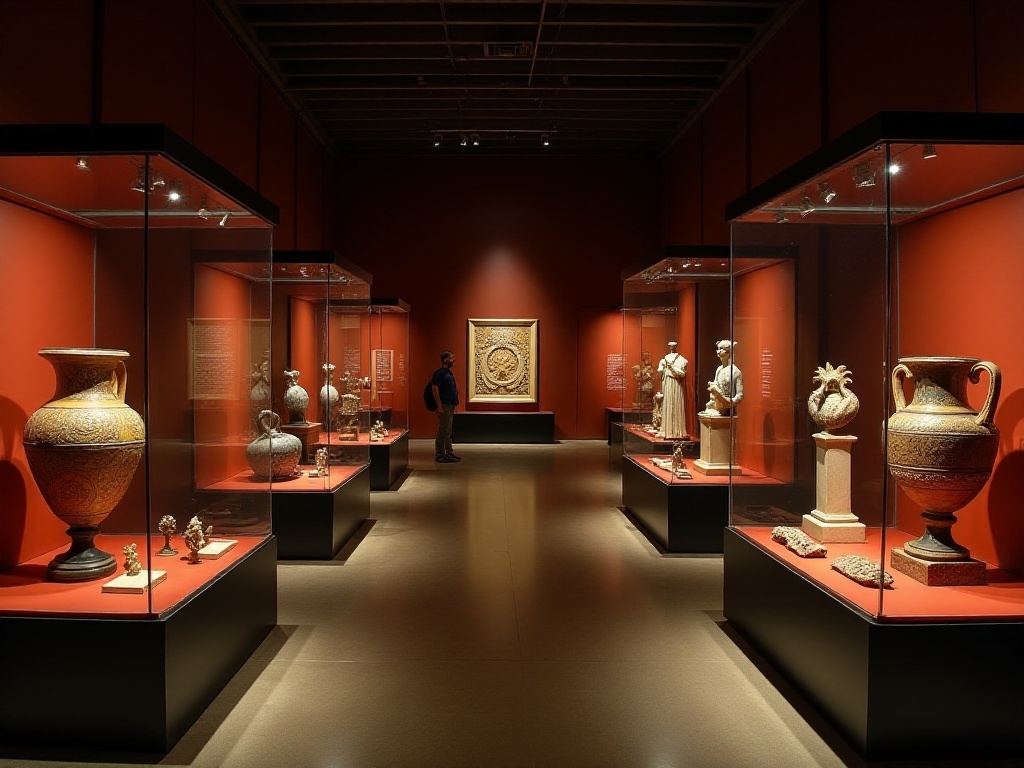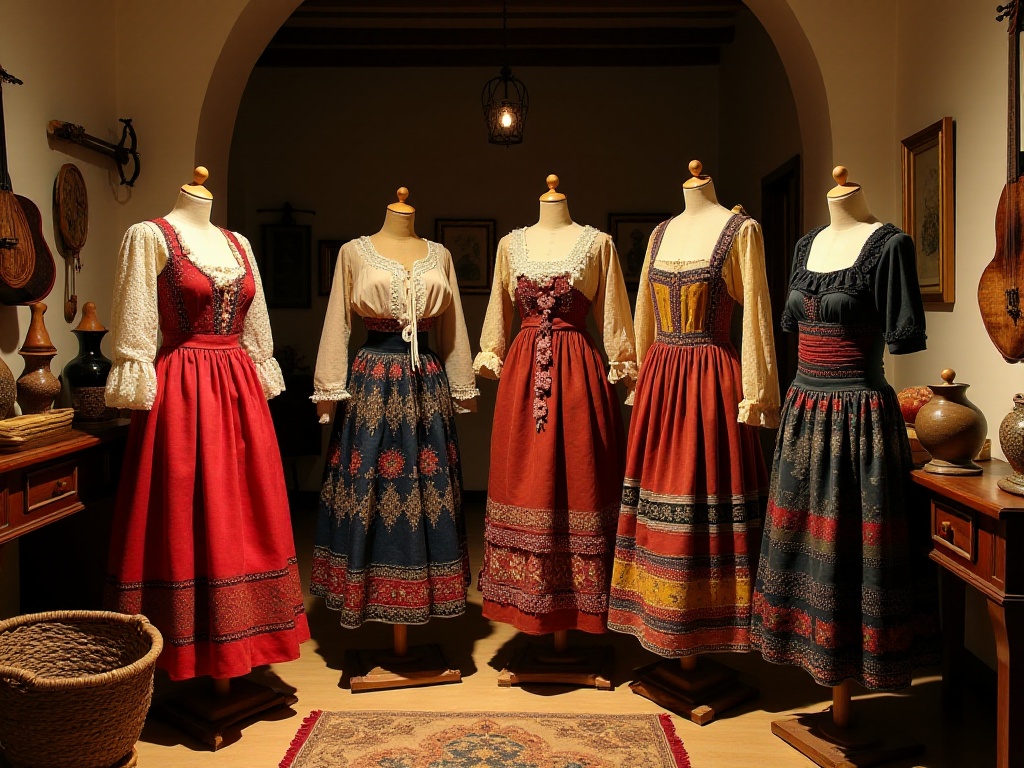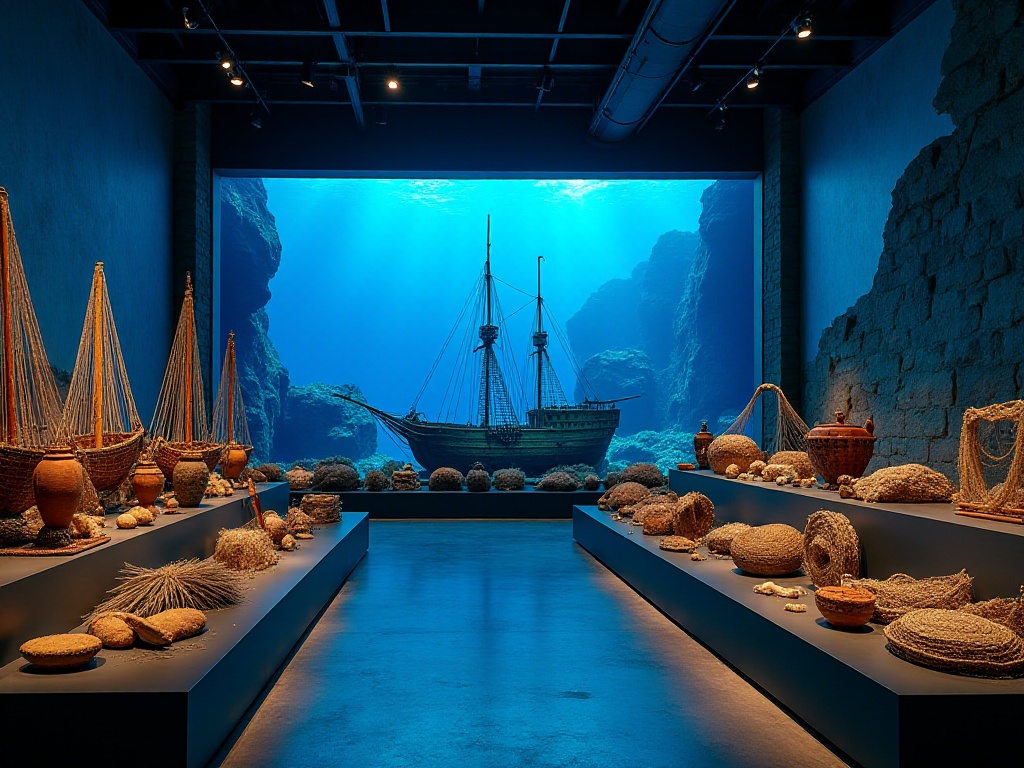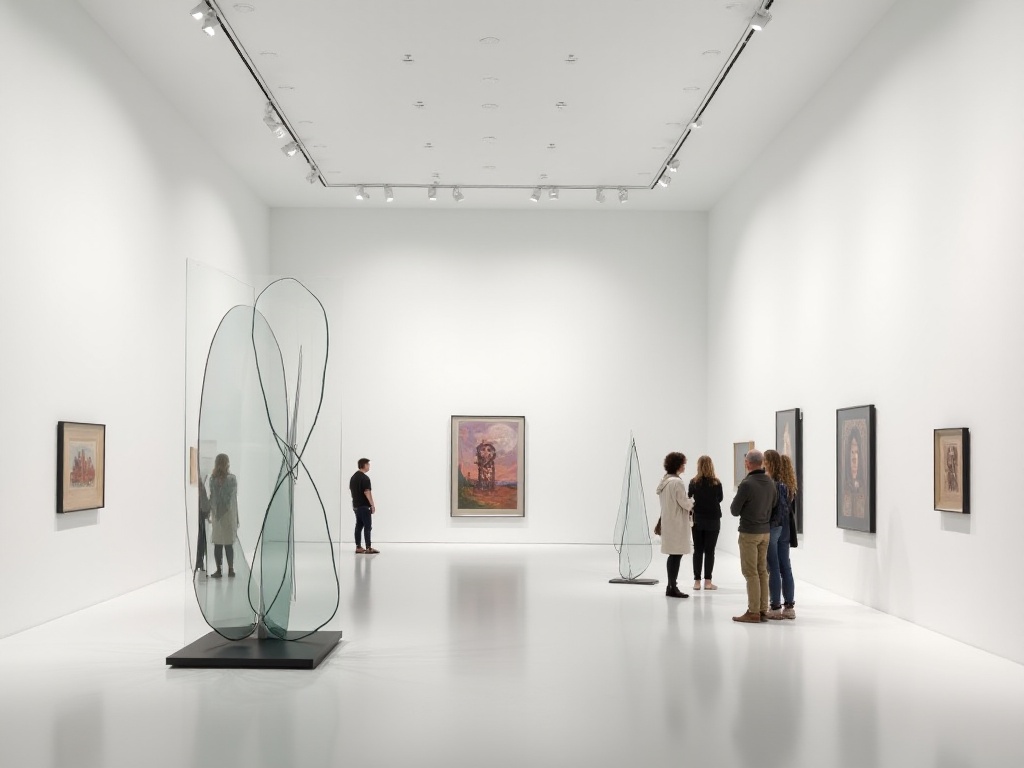First Encounter with Noto
I first heard about Noto while lying in my dorm room, idly scrolling through my phone. I happened to come across an e-book about European Baroque architecture that featured a photo of Noto Cathedral, its golden walls gleaming in the sunlight, making me pause my scrolling. I was instantly captivated by this small city known as the "Pearl of Baroque Art," especially when I learned it housed six distinctly different museums, which sparked my strong desire to explore.
Rebirth After the Earthquake
The most striking part of Noto's history is the destiny-changing earthquake of 1693. The 7.4 magnitude quake destroyed much of Sicily. While the original prosperous ancient city of Noto was almost completely leveled in this catastrophe, the people weren't defeated. On the ruins, the people of Noto chose a new location to rebuild their home.
The reconstruction lasted several decades, with the best local architects and artists collaborating to perfectly blend the then-popular Baroque style with traditional Sicilian architectural features. They used local golden limestone as the primary building material, which takes on a warm honey color in sunlight. The city's planning was ingenious, with streets following the terrain's contours and building clusters creating distinct levels, forming a unique terraced layout.
This phoenix-like city eventually became an exemplar of Baroque architectural art. In 2002, Noto was listed as a World Heritage site for its outstanding architectural artistic value. Walking through Noto's streets, you'll see exquisite carvings and decorations everywhere, with each building resembling a carefully crafted work of art.
Museum Tour
Civic Museum
The Civic Museum is housed in Palazzo Trigona, itself a work of art. Upon entering the museum, you're greeted by an impressive hall with beautiful ceiling frescoes that make you stop and look up. The museum's collection is extensive, ranging from archaeological artifacts to modern artworks.
What fascinated me most was a well-preserved 18th-century Sicilian noble wedding dress. Made from premium silk fabric, its intricate embroidery patterns showcase the extraordinary craftsmanship of the time. Every stitch tells a story of love and tradition. Through this wedding dress, we can glimpse the lifestyle and aesthetic pursuits of Sicilian nobility at that time.
The museum also features a series of detailed architectural models showing different stages of Noto's reconstruction. These models not only reproduce the buildings' appearances but also show their internal structures. Through these models, I could almost see the architects meticulously planning every detail on their drawings and craftsmen carefully carving each stone three hundred years ago.
Besides physical exhibits, the museum employs multimedia technology, using modern means like sound and light to recreate historical scenes of Noto. Standing before the interactive projections, you can see Noto's transformation before and after the earthquake, experiencing the city's profound changes.
Contemporary Art Gallery
If the Civic Museum is Noto's memory, then the Contemporary Art Gallery is the platform where this ancient city dialogues with modernity. The gallery is housed in a renovated historic building, itself an example of perfect fusion between tradition and modernity.
The exhibition halls feature works by local artists and frequently host international exhibitions. During my visit, there was a new media art exhibition. Artists created stunning audiovisual experiences in the Baroque-style architectural space using modern technologies like holographic projections and sound installations. The ancient vaulted ceilings complemented the digital projections, creating unique artistic effects.
I was particularly impressed by an interactive installation. Visitors could interact with projected Baroque architectural patterns through motion sensors to create their own decorative patterns. This participatory approach not only added fun but also bridged the gap between modern people and Baroque art.
The gallery also has creative studios that regularly invite artists for residencies. These artists often draw inspiration from Noto's history and culture to create works that are both contemporary and locally distinctive.

Maritime Museum
As a coastal city, Noto has deep connections with the sea. The Maritime Museum is located in the lower part of the city, offering views of the Mediterranean's azure waves.
The museum's collection includes many exquisite nautical instruments. For instance, an 18th-century sextant with its brass surface still gleaming with metallic luster. Through these instruments, we can understand the naval technology of that time. There are also various fishing tools, from primitive fish hooks to complex fishing nets, showing the evolution of fishing technology.
Most attractive are the series of detailed ship models. From ancient fishing boats to merchant vessels, each is built to exact scale. The models reproduce not only the ships' appearances but also their internal structures in detail. Through these models, we can clearly understand the structural characteristics of vessels from different periods.
The museum also has an interactive area where visitors can experience basic ship navigation principles. You can try using compasses and star charts to understand how ancient navigators determined their direction on the vast sea.

Archaeological Museum
The Archaeological Museum is essentially a three-dimensional archaeology textbook. The museum's collections are arranged chronologically, spanning from prehistoric times to the Byzantine era, allowing visitors to clearly understand the historical development of the Noto region.
The exhibition halls display numerous exquisite Greek pottery pieces. The paintings on these vessels are lifelike, depicting Greek mythological stories and daily life scenes. Through these pottery pieces, we can glimpse the lifestyle and artistic level of people at that time.
The Roman period section primarily features mosaic artworks. These mosaic works use bold colors and sophisticated compositions, demonstrating the superior craftsmanship of the Roman period. Most notable is a large mosaic depicting Neptune, which remains vibrant despite being thousands of years old.
The museum also houses an extensive coin collection, from Greek drachmas to Roman denarii. These coins are not only important historical artifacts but also crucial materials for studying ancient economic life.
Ethnographic Museum
The Ethnographic Museum is the best place to understand the daily life of Noto's people. The museum's exhibits come from ordinary people's lives, including clothing, furniture, farming tools, and other daily items.
The clothing section displays traditional Sicilian attire from the 19th to early 20th centuries. From festive costumes to daily work clothes, each piece reflects the social life characteristics of its time. Particularly interesting is a complete bridal outfit, with embroidery patterns containing many auspicious meanings.
The furniture section recreates typical Sicilian household scenes. From farmers' simple wooden chairs to merchants' fine wardrobes, these furniture styles and craftsmanship reflect their owners' social status and living standards.
The agricultural tools section displays traditional farming implements. From plowing tools to harvesting implements, these exhibits show the evolution of agricultural production methods. Interestingly, the museum has recreated a complete olive oil pressing workshop, allowing visitors to understand the traditional olive oil production process.

Cathedral Museum
The Cathedral Museum, located next to Noto Cathedral, houses numerous precious religious artworks. The museum building itself is a work of art, with its Baroque-style exterior harmoniously complementing the interior decorations.
The exhibition halls display many exquisite religious statues. These statues, made mainly of wood or marble, show superb craftsmanship and expressive faces. Particularly noteworthy is an 18th-century Madonna statue, where the sculptor cleverly used light and shadow effects to give the Madonna's face an especially benevolent appearance.
The museum also houses many ancient religious manuscripts. These manuscripts contain not only religious texts but also beautiful illustrations. Through these manuscripts, we can understand the calligraphy and painting techniques of medieval monks.
Most impressive is the museum's jewelry collection. These religious jewels, mostly donated by believers, show exquisite craftsmanship and fine materials. Each piece embodies both the artisans' dedication and the believers' devotion.

Visiting Suggestions
To thoroughly understand Noto's cultural heritage, it's recommended to plan at least two to three days. Each museum has its unique charm and deserves careful appreciation. I suggest visiting only one or two museums per day to have enough time to carefully examine each exhibit.
The best visiting time is during the first two hours after opening. There are fewer visitors then, allowing more leisurely appreciation of the exhibits. Moreover, many museums offer guided tours, with professionally trained guides who can explain the stories behind the exhibits in an accessible way.
If you want to take photos, it's recommended to bring a tripod, as many exhibits are in glass cases, requiring consideration of light reflection. However, remember to check if tripods are allowed, as some exhibition halls may have restrictions.
Travel Notes
Walking through Noto's museums is like traveling through a time tunnel. Each exhibition hall is a separate world, taking you through different times and spaces. From ancient pottery to modern art installations, from maritime history to religious art, the six museums tell the city's story from different perspectives.
A practical tip is to buy a combined museum ticket. These tickets are not only more economical but usually valid for several days, allowing you to plan visits at your own pace. Additionally, some museums regularly hold special exhibitions, and combined ticket holders often enjoy priority access.
In this digital age, many might think physical museums are outdated. However, I believe only through personal visits can one truly feel the warmth of history. In Noto's museums, each exhibit is not just an object but a carrier of stories and a witness to history.
Cultural Reflections
Noto's six museums are like six different perspectives, allowing us to understand this city comprehensively. The Civic Museum shows the city's past, the Contemporary Art Gallery interprets the present and future, the Maritime Museum tells stories of the sea, the Archaeological Museum links the river of history, the Ethnographic Museum displays civic life, and the Cathedral Museum demonstrates religious traditions.
These museums are not just keepers of history but also cultural disseminators. They tell stories through exhibits, pass on culture through stories, and connect the past with the future through culture. In Noto, I deeply felt that a city's museums are its cultural gene pool. They preserve historical memories while continuously absorbing new cultural elements, keeping pace with the times.
Every time I recall my museum journey in Noto, I'm struck by the brilliance of human civilization. Behind those exquisite exhibits lies the crystallization of countless people's wisdom and creativity. This is perhaps the significance of museums: they not only record history but also inspire the future.


